
A wireless device called a hotspot, or helium miner, uses radio technologies for HNT minting and rewards HNT tokens for providing coverage.
Mining helps verify the legitimacy of transactions conducted via a blockchain network such as the Bitcoin blockchain. Miners can start mining cryptocurrencies using hardware like a central processing unit (CPU) or application-specific integrated circuits (ASICs). Alternatively, they can use smartphones powered by Android and iOS systems to mine the cryptocurrencies of their choice.
But, how about mining cryptocurrencies via a decentralized wireless network? Strange it may sound, but miners can now mine cryptocurrencies without relying on expensive infrastructure. Helium Network has made it possible by allowing nodes to act as hotspot devices.
This article will discuss the Helium ecosystem, Helium mining, HNT hotspot miner and how does a Helium miner work?
What is the Helium network?
Helium is a dispersed network of hotspots that offers LoRaWAN-capable Internet of Things (IoT) devices, a long-range wireless service that is publicly accessible by global citizens. LoRaWAN stands for Long Range Wide Area Network, and IoT devices may communicate with one another via LoRa thanks to the open LoRaWAN protocol. IoT devices are smart “gadgets” that connect to a network and exchange data, offering a more comprehensive range of connectivity than Wi-Fi.
Helium blockchain was developed exclusively to encourage the development of real, decentralized wireless networks. With Helium, anyone can own and manage a wireless IoT network using a unique, portable radio router known as a hotspot. Hotspots are wireless plug-and-play devices that offer superior connectivity than WiFi.
Hotspots are used by miners to build The People’s Network, a long-range wireless network that provides coverage for IoT devices with meager power requirements in exchange for Helium (HNT), the Helium blockchain’s native cryptocurrency. The Helium Community has permitted third-party manufacturers to sell a range of Helium Hotspots.
Proof-of-coverage (PoC), a novel work algorithm, is used by the Helium blockchain to confirm that hotspots accurately describe their location and the wireless network coverage they are generating from it. Radio waves are used during the mining process and hotspots are rewarded for acting as witnesses for peers’ performance, completing PoC challenges and sharing device data. The most valuable tool for viewing data linked to POC is the Helium Network Explorer.
But, why would someone choose Helium Network over their standard internet service provider? The possible reasons include a high level of security, Helium being completely encrypted and affordable universal internet access.
Additionally, users do not need to bear charges that a cellular provider might impose, such as overage fees or the cost of extra hardware like a SIM card. That said, users only pay for the data they used to connect their devices using the Helium Console to begin using the Helium Network.
What is a Helium miner?
Utilizing specialized hardware known as hotspots, Helium miners offer the Helium network wireless network coverage. By acquiring or constructing a WHIP-compliant hotspot and staking a token deposit corresponding to the density of other miners operating in their area, users become miners on the Helium network.
In addition to the blockchain protocol, the Helium Wireless protocol called WHIP, a network of independent providers rather than a single coordinator, offers a bi-directional data transfer method between wireless devices and the internet. The task of verifying to hotspots that device data was sent to the intended location and that the miner should be compensated for their services falls on internet applications that buy encrypted device data from miners called routers.
Hotspots are of three types, as explained below:
- Full hotspots: These hotspots maintain a full copy of the HNT blockchain and receive rewards for all participation activities, including proof-of-coverage.
- Light hotspots: With the help of the Light Hotspot software, these hotspots use validators to participate as full hotspots without incurring the additional costs of keeping a local copy of the blockchain. In addition, they are rewarded for proof-of-coverage and data transfer activities.
- Data-only hotspots: Just like light hotspots, these hotspots use validators to get information about the Helium blockchain. However, they are rewarded for data transfer activities only.
How does Helium mining work?
Radio wave technology is utilized to carry out Helium mining instead of CPUs or ASICs. In addition, blockchain technology is used to create a wireless network that is more reliable than the network provided by established traditional wireless service providers.
Helium hotspots or miners provide long-range wireless coverage using special devices called LoRaWAN transmitters. So, how to earn Helium tokens in return? By mining and expanding The People’s Network’s coverage with suitable hotspots, miners gain HNT. The reward amount is correlated with the data a miner will transfer, i.e., more money when miners transfer more device data.
In addition, the network automatically and randomly assigns proof-of-coverage tests to verify the location of hotspots. Hotspots get directives or “challenges” from validators to communicate payloads to any nearby hotspots for observation and verification to participate in PoC. These difficulties are also referred to as “beacons.” However, as they can only mine HNT for data transfer and cannot have their beacons confirmed, HNT hotspot miners without neighbors get paid less.
Moreover, each compatible device needs data credits (DCs) to send data to the internet. DCs are created by burning HNT to achieve a burn and mint equilibrium (BME), which reduces the total supply of HNT. The BME model uses tokens as a proprietary form of payment, but customers who wish to use a service do not directly pay a counterparty. Instead, they burn tokens.

How to set up a Helium miner?
As mentioned in the above sections, a hotspot miner, antenna (and its location), cables, smartphone and router are the prerequisites to set up a Helium miner. But how to find the best Helium miner? The position of antennas and one’s geographical location play a key role in finding a suitable Helium miner. The below steps provide an understanding of how one can set up a Helium miner:
Download and set up a Helium app
The first step involves downloading a Helium app (available for both Android and iOS devices) and setting up your account. After this, a Helium wallet will be generated that users can utilize to store their information.
An application will generate a 12-word seed phrase to back up your Helium wallet. The app will also prompt you to create a six-digit pin that you must enter each time you log in as an additional security measure.
Add a Helium miner
The next step is to find out the plus (+) symbol to add a Helium miner, for example, the RAK Hotspot Miner, to the app. The chosen miner needs to be plugged in to operate and a tiny red light will confirm that it is working. Then, press a button on the back of the device for Bluetooth pairing. Alternatively, configure Wi-Fi by choosing from the available network settings in the Helium app.
Select the Hotspot, verify its location and set up the antenna
Now, the list will include the chosen Hotspot Miner. To proceed, select “Hotspot.” A prompt to add a hotspot will then appear. Add the Hotspot, verify the Hotspot’s location and configure the antenna.
The first assertion is free (paid by manufacturers), and users are responsible for paying the transaction fee for further assertions. Press “Skip” if you still need to get ready to set a location. If you are good to go, select “Continue.” The added Hotspot can be viewed and managed under the Hotspots tab of the mobile app.
Is it worth it to mine Helium?
There are no sure-shot promises in the crypto industry, given its volatility. Helium hotspots execute device data transfer, prove coverage challenges with other nearby hotspots and send signals to create a decentralized wireless network. But, how much do Helium miners make in return? Miners gain data credits in the form of HNT tokens for successfully completing their tasks.
However, the rewards depend upon the angle of the antenna and one’s geographical location. That said, the higher the antennas are set, the further the radio frequency will travel. As a result, you can mine more efficiently and get paid more HNT if you can mount your antennas higher.
On the other hand, Helium mining may not produce the desired results in a hilly area due to weak signals. Moreover, always conduct due diligence about the project you want to invest in to protect yourself from unbearable losses.

You can get bonuses upto $100 FREE BONUS when you:
💰 Install these recommended apps:
💲 SocialGood - 100% Crypto Back on Everyday Shopping
💲 xPortal - The DeFi For The Next Billion
💲 CryptoTab Browser - Lightweight, fast, and ready to mine!
💰 Register on these recommended exchanges:
🟡 Binance🟡 Bitfinex🟡 Bitmart🟡 Bittrex🟡 Bitget
🟡 CoinEx🟡 Crypto.com🟡 Gate.io🟡 Huobi🟡 Kucoin.

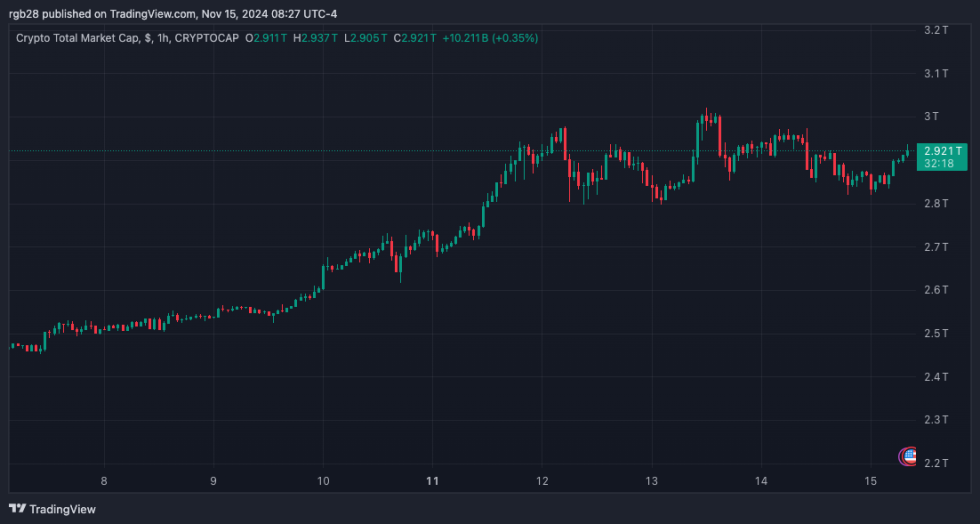
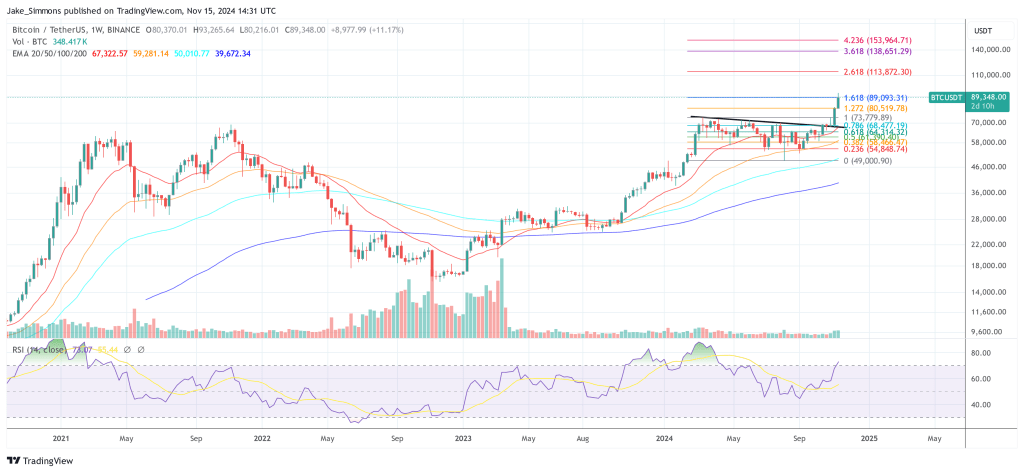

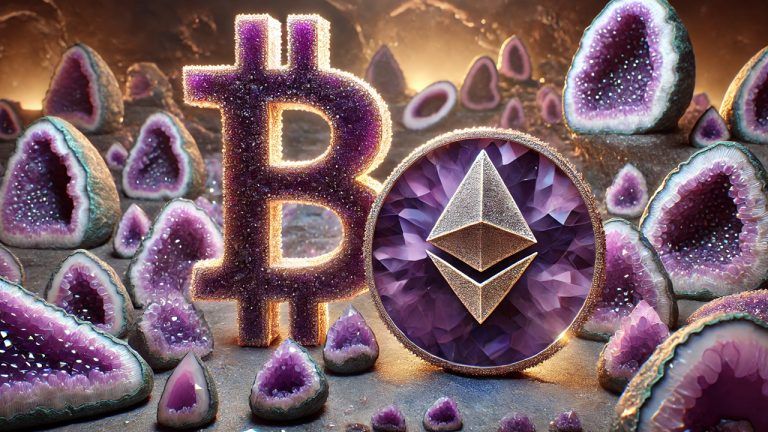
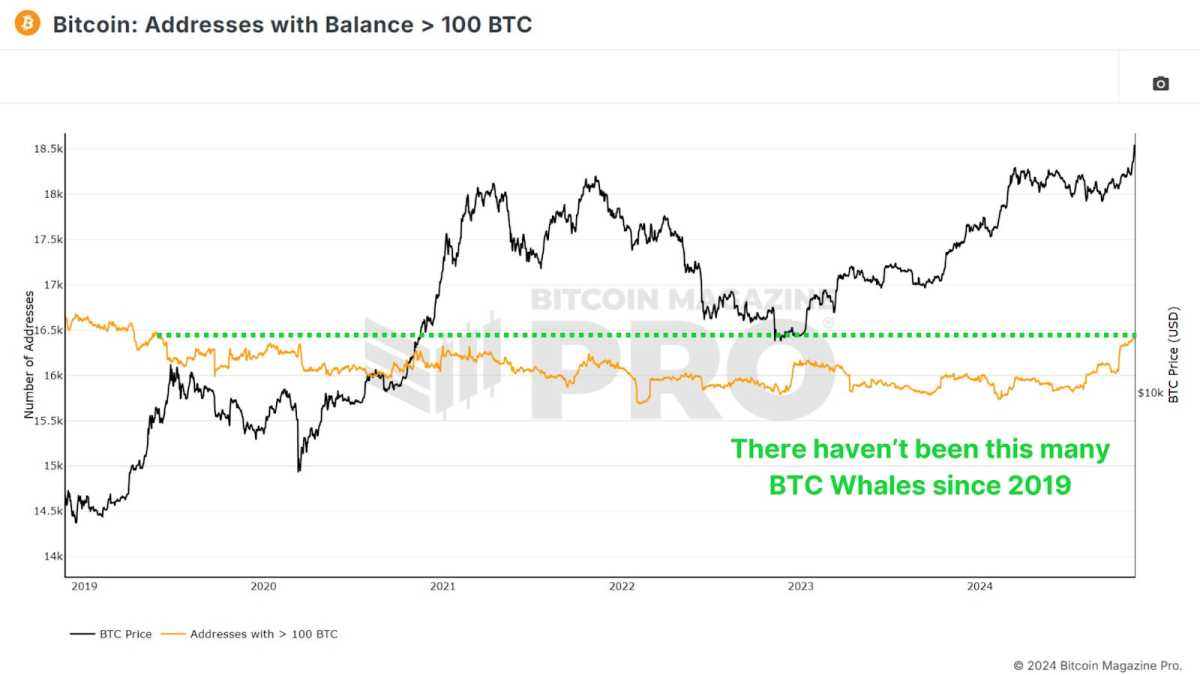

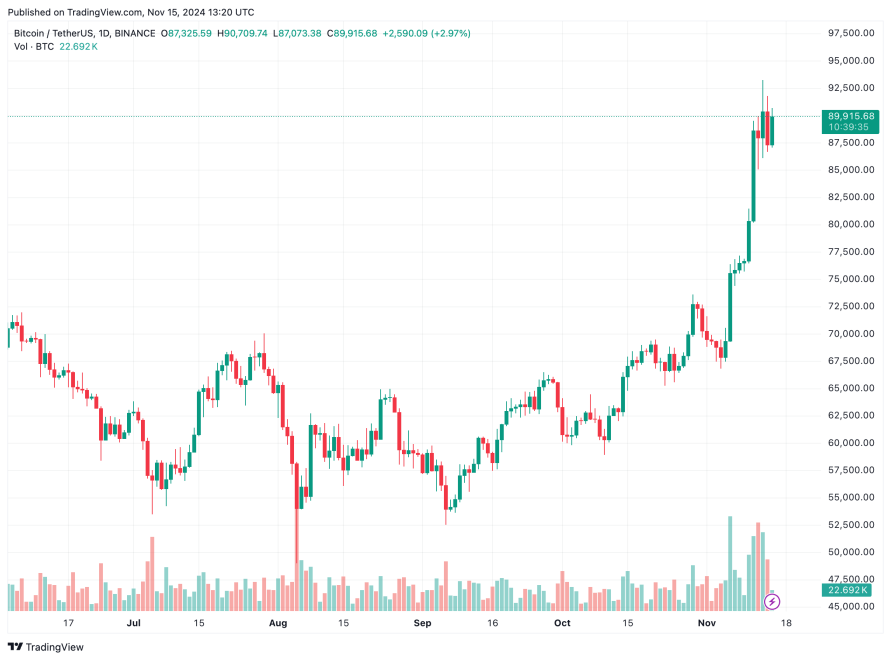

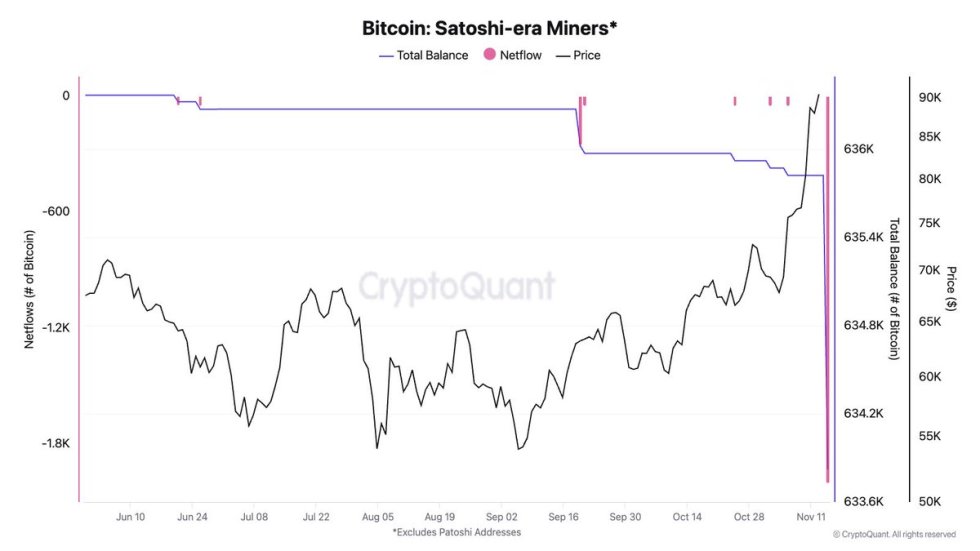





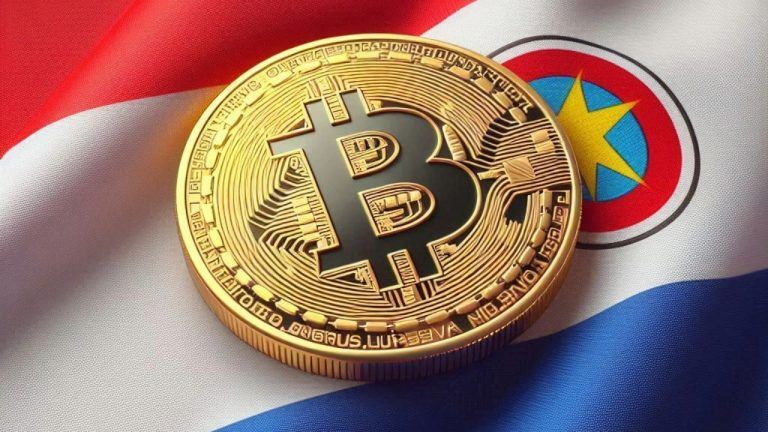




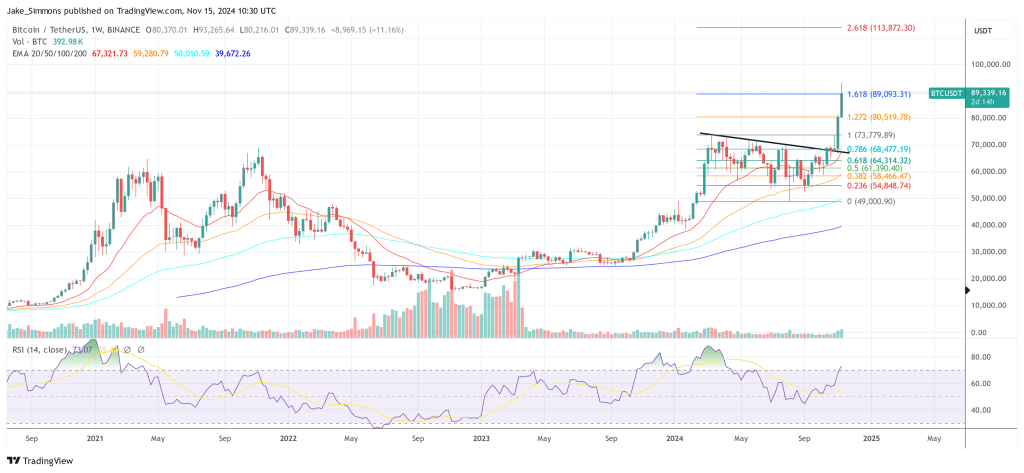
Comments